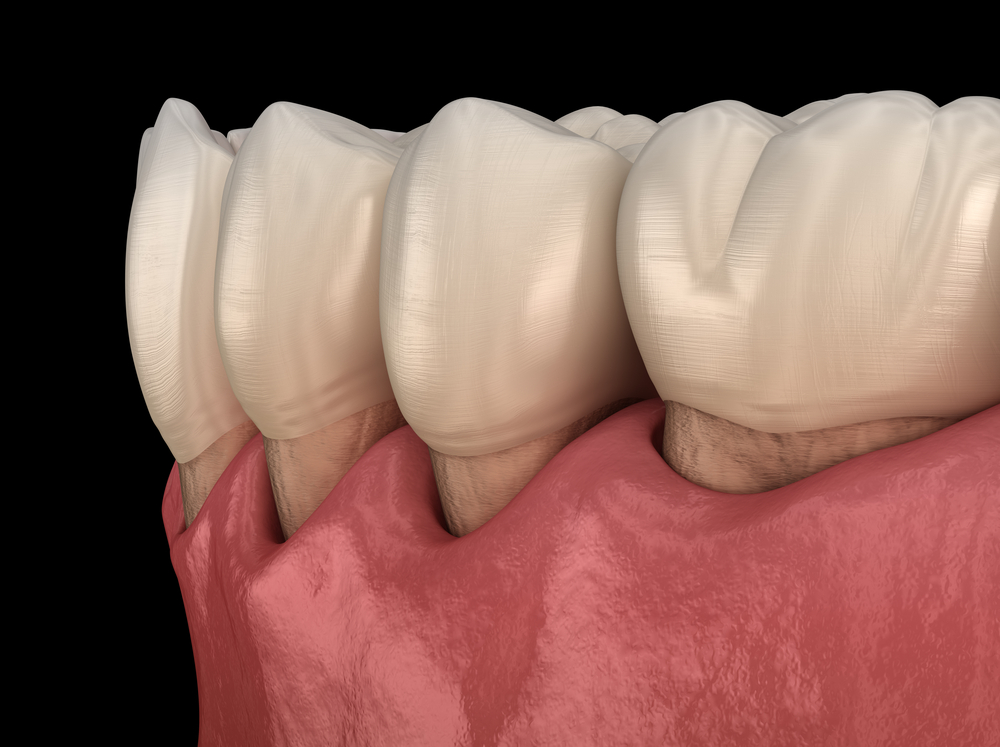Table of Content
There are quite a few ways that you can help improve your dog’s dental health. This procedure must be done under general anesthesia and will allow the veterinarian to determine which stage of disease each tooth is in. With proper treatment, dogs with Stage 2 or 3 periodontal disease may not continue to progress into Stage 4. The prognosis for a dog with Stage 4 periodontal disease is poor. If you have a dog suffering from gum disease, do try these remedies and let us know the result. Brush your dog’s teeth gently at least 3 to 4 times weekly.
It is one of the vital ingredients of commercial toothpaste and mouthwashes. Using the lemon-salt remedy may cause your teeth to be extra-sensitive for a while after. This is because the high acidity in the lemon may wear out the enamel on your teeth, especially if you brush hard. Dr. Tu Anh Vu is a board certified dentist who runs her private practice, Tu's Dental, in Brooklyn, New York. Dissolve a small amount of sea salt in a cup of warm water.
Dogs & Puppies
The best way to prevent tooth decay and loss in your pup is by managing their dental health from an early age. If your dog is diagnosed in the early stages of gum disease, don’t fret. You can help slow the disease by following the steps we outlined. Stage I. Also called gingivitis, this is the first stage of gum disease. This stage doesn’t involve any tooth attachment loss, but bacteria causes gum inflammation and tenderness.

Try to brush your dog’s teeth every day with baking soda for the best result. Regular use of baking soda can remove plaque and tartar and soothe tooth infections. Is the safest and most effective home remedy for treating gum disease in dogs.
How to treat lyme disease in dogs?
Periodontal disease is dangerous for pets, and in some cases is known to take up to two years or more off of a pet’s life, if left untreated. Annual dental check-ups might also be a condition of your pet insurance. If you don't have them, your provider could decline claims for dental treatment.
Consider using an oral hygiene product that contains chlorhexidine. These comes as gels or liquids, which you rub over the outer surface of the teeth, twice a day. To brush your dog's teeth, use a soft toothbrush or a dog toothbrush, plus pet toothpaste. Gradually introduce your dog to the toothpaste by putting a little on your finger and letting your dog lick it off. After the dog is used to this, this could be a few days, move your finger with the toothpaste toward your dog's teeth and rub the teeth.
The best toothpaste for dogs, according to vets
There are a few things you can do to fight gum disease. Antibiotics can be used to fight tooth infection, particularly tooth abscesses that can occur due to Periodontal disease. Dog mouthwash is helpful in minimising bacteria, improving breath and eliminating the persistent build-up of plaque. Our pet insurance policies include dental cover for accidents and our Complete policy also covers dental illness. Not all pet insurance policies cover dental illness and disease.

Poor oral hygiene increases the risk of gum infection in all dogs and this is especially true for small dogs. Bacteria inside the mouth causes inflammation of the gums and this mild form of gum disease is known as gingivitis. Gingivitis causes the gums to become red, swollen and leads to bleeding. You can use a finger brush or a piece of gauze wrapped around your index finger in place of a brush.
Some people are simply more prone to this condition than others, even with good oral hygiene. Periodontal disease, or gum disease, is an infection of the gums that can lead to inflammation, pain, sensitivity, bleeding, gum recession, and tooth decay. Although dentists commonly treat this problem, periodontitis is one of the leading causes of tooth loss.

VMTH provides a brief video tutorial you may find helpful. You can also consult your veterinarian for resources, tips, and referrals. She graduated from the University of Glasgow in 1987 with a degree in veterinary medicine and surgery.
One thing that is a must after your dog is treated for periodontal disease is continued dental care. Your pet’s doctor may require three or six month check ups for the first year, to be sure the bacteria doesn’t reoccur. Thereafter, dental cleanings should be scheduled annually. Even if your pet shows signs of periodontal disease, your veterinarian can help remedy the problem.
Just simply apply the toothpaste daily to your dog’s teeth. Place one tablet of each of these two remedies in a small bowl of spring or filtered water. You can then give the water to your dog every day for a month.
Oronasal fistulas, holes that pass between the mouth and the nasal passages, may develop as a result of untreated periodontal disease. The body’s own inflammatory response to the plaque will then lead to destruction of the soft tissues and bone that support the teeth . Plaque on the teeth will cause inflammation of the gums and then eventually, it will make its way down to deeper structures around the tooth. In Stage 4 of periodontal disease, greater than 50% of the tooth’s attachments are lost, as seen on x-rays and periodontal probing.

Periodontitis is irreversible and can result in tooth damage and loss, as the disease is characterised by the tooth becoming detached from the gums and socket. Dogs suffer from gum disease more than humans because they have more alkaline in their mouth, which leads to plaque-forming bacteria. Bee propolis is very healing and highly concentrated. Buy an ozone maker and create your own ozonated water. You can give it to your dog as drinking water or use it to flush out your dog’s mouth. Organs like the kidneys can be affected by poor oral health … but your dog’s oral health can also suffer if he has kidney disease.
Dental chews can often last a few hours, while treats are eaten right away. We recommend looking for chews and treats with the VOHC seal. The Virbac C.E.T chews are some of our favorites because they’re plant-based and easy to digest. Stage III. This stage is also known as moderate periodontal disease and there’s between 25%-50% tooth attachment loss. It’s often paired with gum attachment to the teeth, swollen and even bleeding gums.


No comments:
Post a Comment